Grid reference TQ337709 | Area Southwark Platforms in use 6 | |
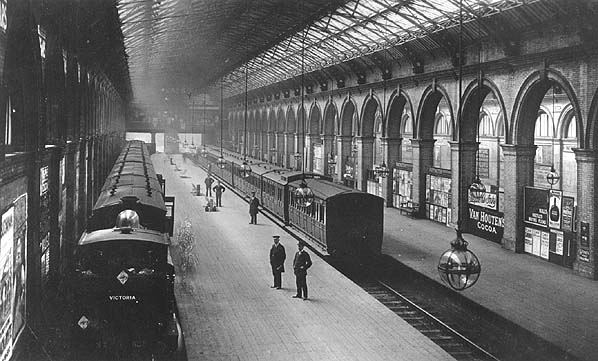 | ||
Pre-grouping London, Chatham and Dover RailwaySouth Eastern and Chatham Railway Post-grouping Southern RailwayBritish Railways 1 August 1865 Opened as Crystal Palace (High Level) Similar Lordship Lane railway st, Burdett Road railway st, Bishopsgate (Low Level) rail, East Brixton railway st, Morden Road railway st | ||
Crystal Palace (High Level) railway station was a station in the London Borough of Southwark in south London. It was one of two stations built to serve the site of the 1851 exhibition building, called the Crystal Palace, when it was moved from Hyde Park to Sydenham Hill after 1851.
Contents

History
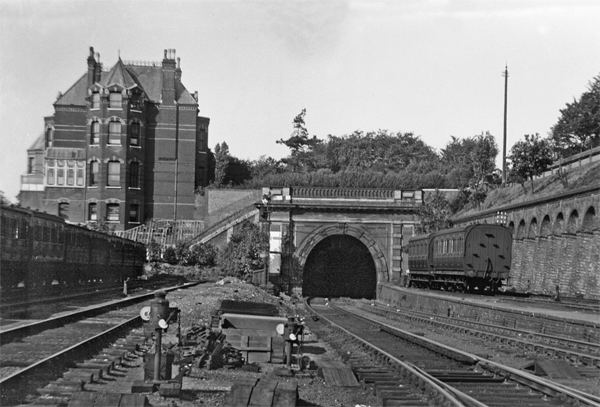
The Crystal Palace and South London Junction Railway was promoted by the London, Chatham and Dover Railway (LCDR); by 1860 the LCDR had a line running to Beckenham Junction via Loughborough Junction, some three miles to the north-west of the Crystal Palace site. In order to capture traffic from the LBSCR, the LCDR constructed a branch line from the latter station, with a junction at Nunhead to run directly to the Crystal Palace site. The line opened on 1 August 1865. The station was designed by Edward Middleton Barry as a lavish red brick and buff terra cotta building. The station was excavated into the ridge below Crystal Palace Parade requiring major engineering works. The line was one of the first of the former South Eastern and Chatham Railway to be electrified by Southern Railway, under "South Eastern Electrification – Stage 1" in July 1925.
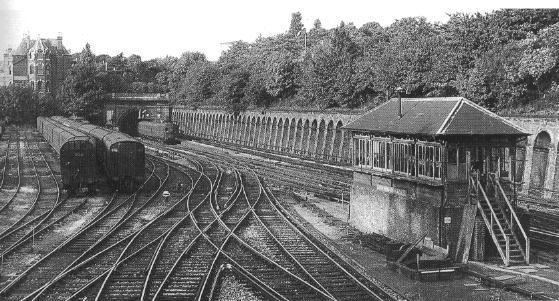
After the Crystal Palace was destroyed by fire in 1936, traffic on the branch declined. During World War II the line was temporarily closed after bomb damage. Although temporary repairs were made and the line subsequently reopened the decline in traffic and a requirement for heavy reconstruction work led to the decision to close the station and branch on 20 September 1954, although it was not demolished until 1961.
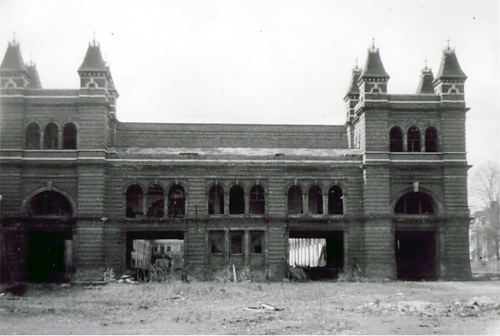
Although the site of the station was developed for housing in the 1970s, the retaining walls below Crystal Palace Parade and the ornamental portal of Paxton Tunnel to the north are still readily visible.
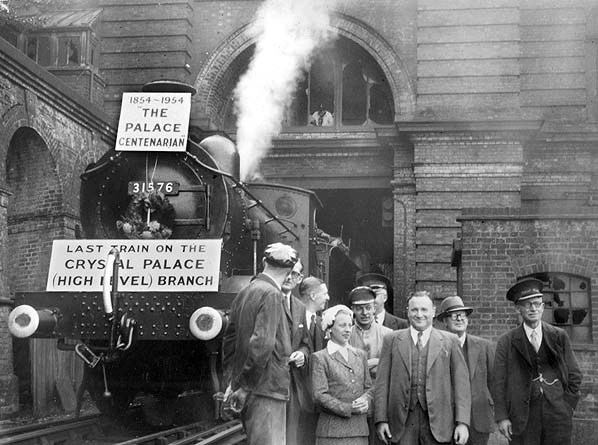
The High Level Station was connected to the Palace by a fan-vaulted pedestrian subway in finely detailed red and cream brickwork. This subway and an adjacent courtyard survived the 1936 fire, and was used as an air raid shelter during World War II. It is now a Grade II listed building. Although the subway is now sealed off, it is sometimes opened to allow organised visits by "Friends of Crystal Palace Subway".
Southwark Model Railway Club have built a scale model of the station.
The "train entombed in the tunnel" myth

There is a rumour that, in one of the sealed tunnels in the area, an engine or carriage remains hidden collecting dust. Another version of the story, popular among local schoolchildren, claims that the High-Level station was closed because a commuter train was trapped by a tunnel collapse, entombing the passengers, who remain there to this day.
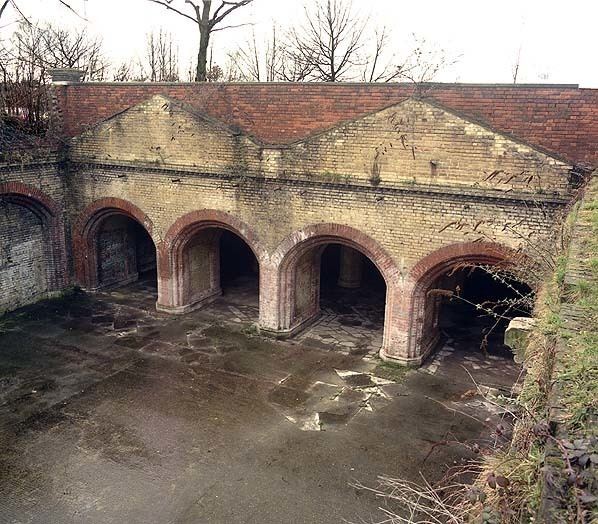
These stories are an example of the persistence of local urban legend. The story of the entombed train was apparently current in the 1930s. Back then it referred to the abandoned 1860s pneumatic railway on the north side of the grounds of Crystal Palace Park. See Crystal Palace pneumatic railway for more information.
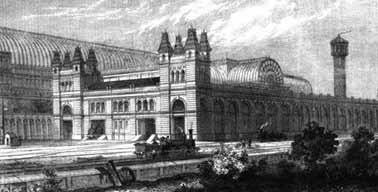
Most traces of this had almost certainly been destroyed by the building works for the 1911 Festival of Empire, but there was an unsuccessful archaeological dig for the train sponsored by the BBC's Nationwide current-affairs programme in the 1970s.
